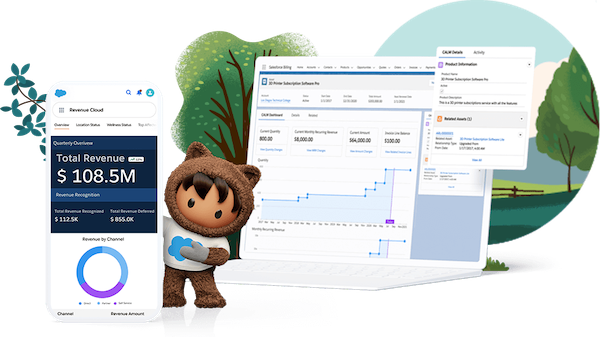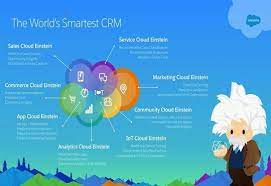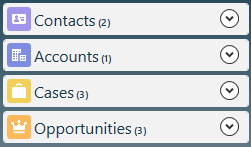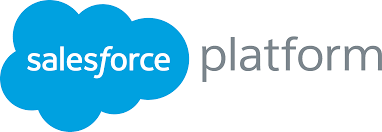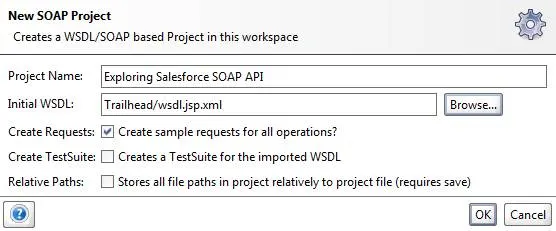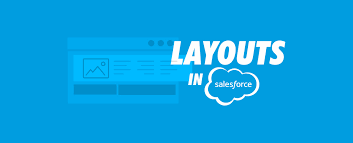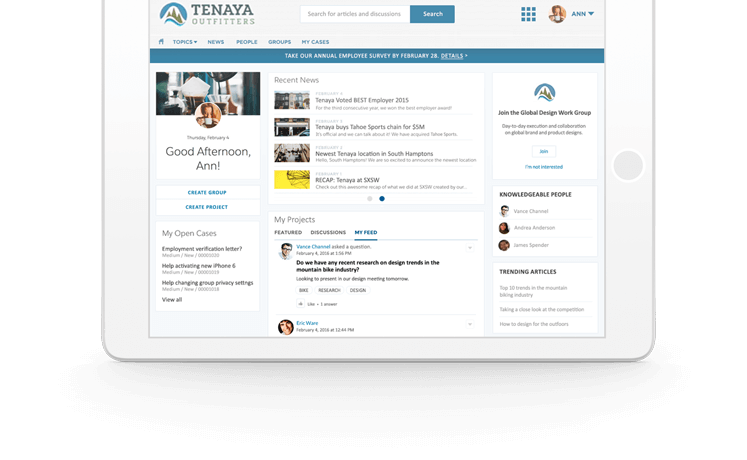Mapping Your Customer Journey
Creating a customer journey map is a crucial undertaking for businesses aiming to improve the customer experience and foster long-term growth. This gives a holistic view of the entire customer lifecycle, from initial awareness to post-purchase engagement. Your vision for your web site should align with your company’s goals. Now you are going to focus on a site experience that encourages visitors to interact with your content. Start by understanding your customers’ needs. Mapping your customer journey enables you to focus on touch points most relevant to conversions. A customer journey map is a visual representation of the customer’s experience with a company, from their first interaction to their ongoing relationship. It helps businesses understand how customers interact with their brand, and can help with predicting behavior, anticipating needs, and responding effectively. Here are some steps to consider for creating a customer journey map: The customer journey typically has five stages: awareness, consideration, decision, retention, and advocacy. Companies can use the 5 A’s framework to guide customers through each stage: awareness, attraction, action, affinity, and advocacy. Follow these seven steps to craft a comprehensive and impactful customer journey map: Step 1: Establish Personas The foundation of creating a customer journey map lies in establishing personas. These are fictional representations of your ideal customers, grounded in demographic, psychographic, and behavioral information. Developing personas provides a deeper understanding of your target audience, enabling tailored marketing and sales strategies to meet their unique needs. Each persona may represent a unique prospect, a unique need, a unique channel, or all of the above. Step 2: Determine the Journey Next, identify the journey your personas undertake when interacting with your brand. This encompasses every touchpoint, from initial discovery to post-purchase engagement. Recognize that the journey may differ for various personas, necessitating the creation of separate maps for each. Each journey, likewise, can have multiple paths. Step 3: Outline the Stages The stages section of your journey map delineates the customer’s relationship with your company, spanning from initiation to conclusion. Standard customer lifecycle stages may include Discover, Explore, Buy, Use, Ask, and Engage. However, tailor the stages to be more specific to your business and persona. Step 4: Set Persona Goals Understand the goals your persona aims to achieve throughout their journey. Begin with a high-level goal for your journey map and break it down into stages. Uncover persona goals through brainstorming, surveys, customer interviews, and analysis of support feedback. Validate your findings through additional research. Step 5: Map Out Touchpoints Identify the various touch points at each stage of your map, plotting them logically in a sequence. Step 6: Consider Other Key Elements Take into account additional elements like customer feedback, friction points, pain points, and challenges that emerge during the journey. Step 7: Identify Areas for Improvement Pinpoint areas in the customer journey that may not be functioning optimally and brainstorm solutions to enhance the overall experience. Dedicate a section of your map to address these improvement opportunities. A customer journey map offers a concise representation of opportunities for automation and improvement in your company’s interactions with customers. Content updated December 2024. Like2 Related Posts Salesforce OEM AppExchange Expanding its reach beyond CRM, Salesforce.com has launched a new service called AppExchange OEM Edition, aimed at non-CRM service providers. Read more The Salesforce Story In Marc Benioff’s own words How did salesforce.com grow from a start up in a rented apartment into the world’s Read more Salesforce Jigsaw Salesforce.com, a prominent figure in cloud computing, has finalized a deal to acquire Jigsaw, a wiki-style business contact database, for Read more Health Cloud Brings Healthcare Transformation Following swiftly after last week’s successful launch of Financial Services Cloud, Salesforce has announced the second installment in its series Read more



